As political leaders continue to focus on handling the nation’s debt and deficit problems, with the final members of the “Super Congress” being announced yesterday by House Minority Leader Nancy Pelosi, a favorite punching bag has emerged among both liberal Democrats and Tea Party Republicans: the defense budget.
While the country’s weak economic recovery refuses to show any sign of significant improvement, many marginalized Americans continue to be dependent upon entitlement spending, and the population at large is increasingly losing the stomach for overseas wars.
In such an environment, perhaps it is only natural for pundits and politicians on both sides of the aisle to point to the defense budget as a sacrificial lamb for the nation’s debt problems.
The defense industry is particularly aware of what is at stake. While the military is drawing down the size and scope of its operations overseas, and winding up wars in Iraq and Afghanistan, it also plans to draw down forces back home. Several major weapons programs could be on the chopping block.
Such programs include Lockheed Martin’s F-35 Lightning II Joint Strike Fighter, Boeing and Bell-Textron’s V-22 Osprey tilt-rotor aircraft, and Lockheed and Austal’s Littoral Combat Ship program.
This serious decrease in demand would cause any company to be concerned, says Michael O’Hanlon, a defense policy expert at the Brookings Institution. According to O’Hanlon, while defense cuts in the near future are both inevitable and necessary, cuts that are too large are likely to endanger both national security and the defense industry’s industrial base.
“How can we make sure that even if these companies are downsizing … that still the basic strength of the corporate sector in defense can survive so that the companies and their core technological capabilities remain available to the American military in the future? That’s the real issue,” says O’Hanlon.
As such, while any outcome is likely to be a blow to the nation’s defense industry, the defense lobby will likely focus its efforts on preserving the viability and efficiency of its factory assembly lines and production facilities.
Using the aerospace industry and military aircraft production as an example, O’Hanlon explained that the defense industry is most concerned about the vicious cycle whereby uncertainty in the procurement process leads to higher production and unit costs, which causes Congress and the military to be wary of such expensive weapons programs.
The company in question is thus likely to lobby for certainty and a set production run in a short amount of time, even if that results in a few less airplanes over the long haul.
“So it’d be better for [the industry] to just have [Congress and the Pentagon make] a decision, at some point, to make a few less of the airplanes, but hopefully to make them reasonably quickly to allow the production facilities to become efficient,” says O’Hanlon. “And even if the production is curtailed a little sooner than expected in the United States, at least they have the option of trying to make them for foreign purchasers.”
In the first round of negotiations over budget cuts, the industry isn’t likely to focus their primary lobbying efforts on the so-called “supercommittee” or “Super Congress,” beyond persuading them to moderate overall defense cuts. The primary lobbying effort, according to O’Hanlon, would be directed at the Armed Services and Appropriations committees in both chambers of Congress, which have the traditional responsibility for apportioning the funds that are already allocated to the military.
The Budget Control Act of 2011, the legislation that was passed by both chambers of Congress and signed into law by President Obama last week, implements an immediate $350 billion in defense cuts over the next decade, and the supercomittee has been tasked by President Obama and the congressional leadership to find additional cuts.
Up to $500 billion in additional defense cuts would be doable without significantly endangering national security and the defense industrial base, according to O’Hanlon. However, it is possible that the Super Congress may not agree on a deal, or their recommendations fail to satisfy the wider Congress.
Such a scenario would result in a “sequestration” of government expenditures, or across-the-board reductions in both domestic and defense spending that would be even more difficult for the Pentagon and defense industry to stomach, says O’Hanlon.
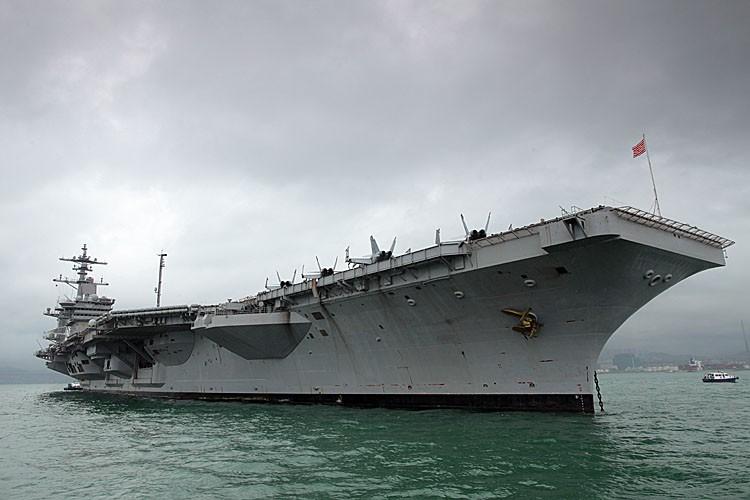
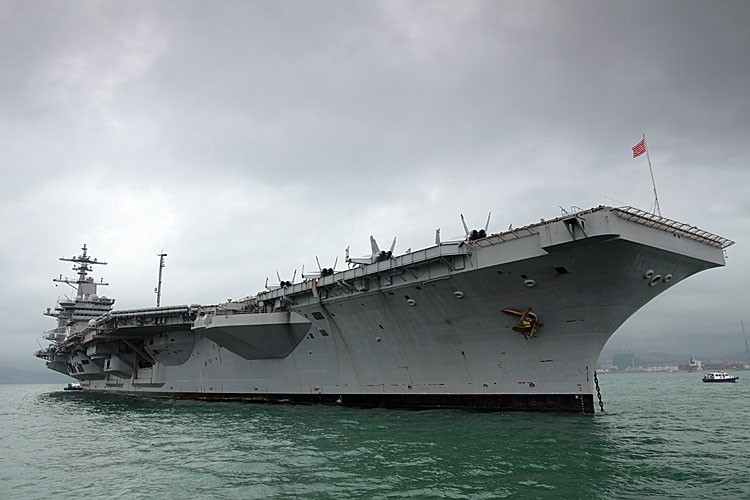
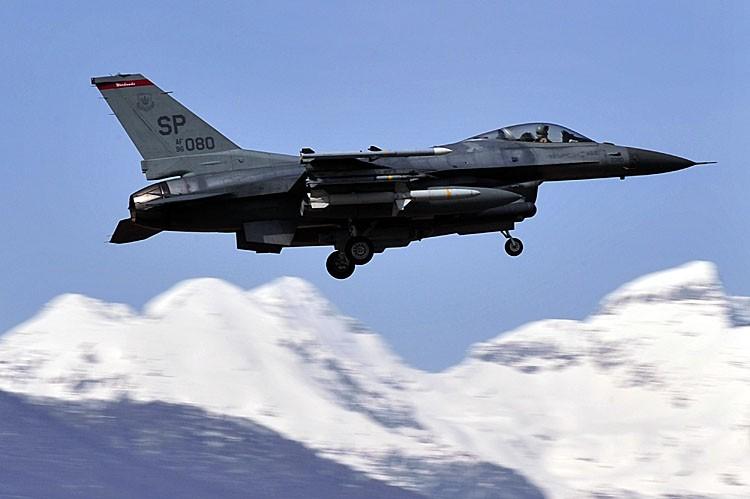
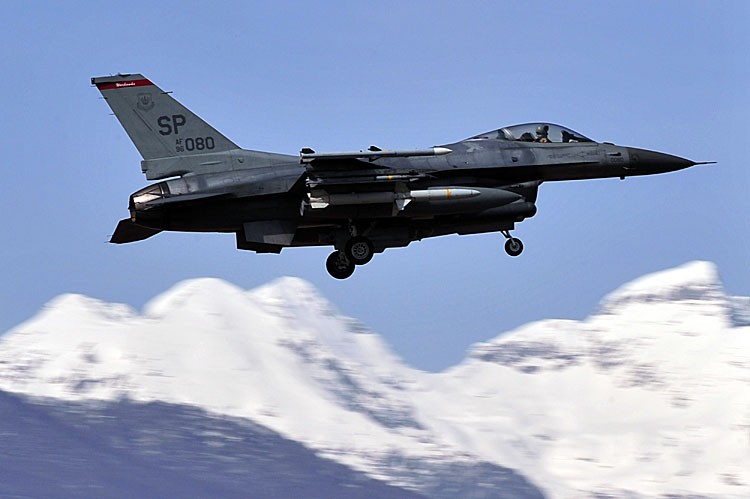
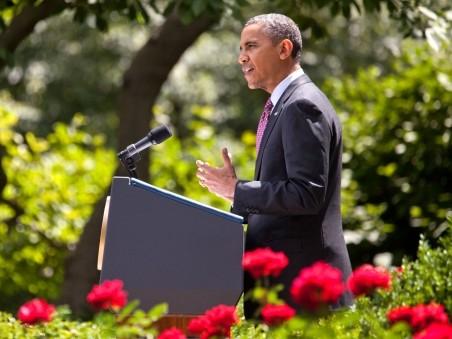



Friends Read Free